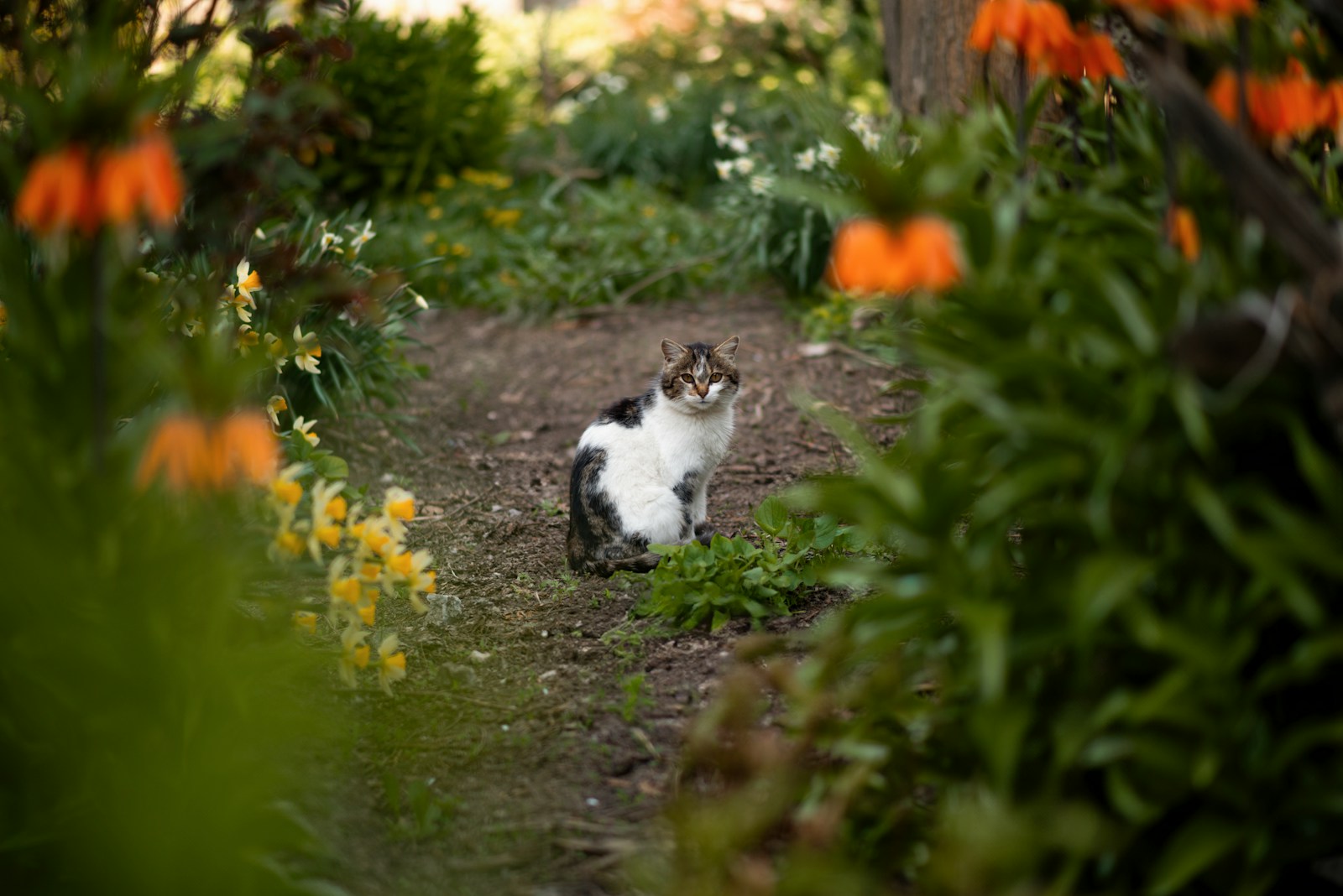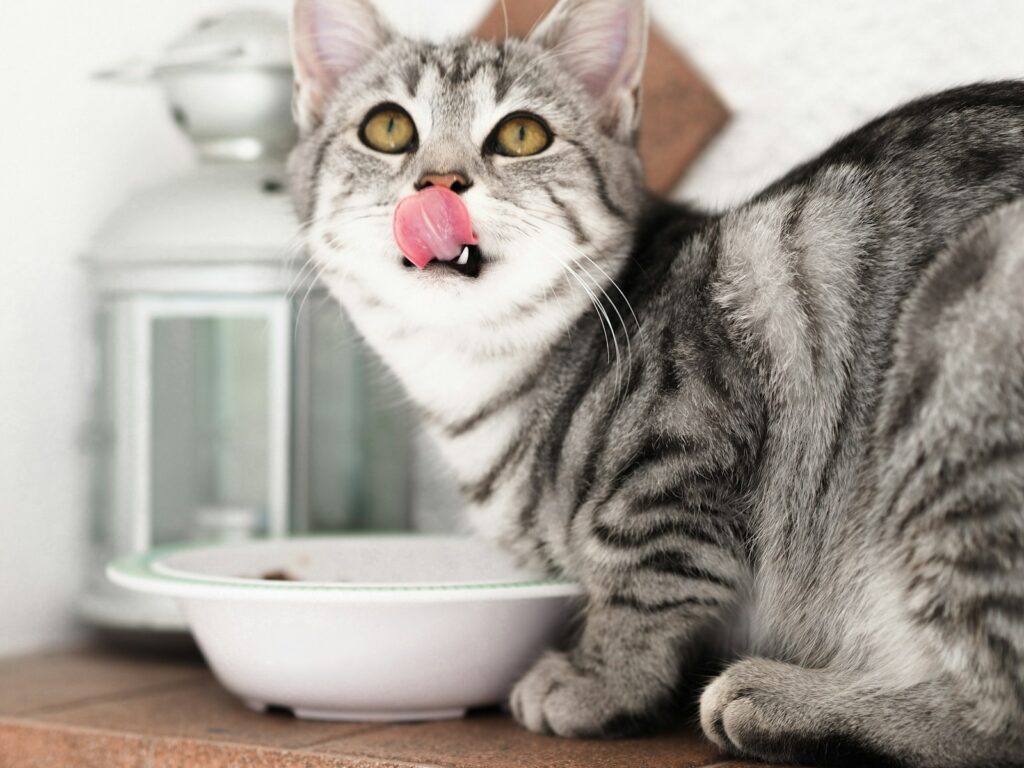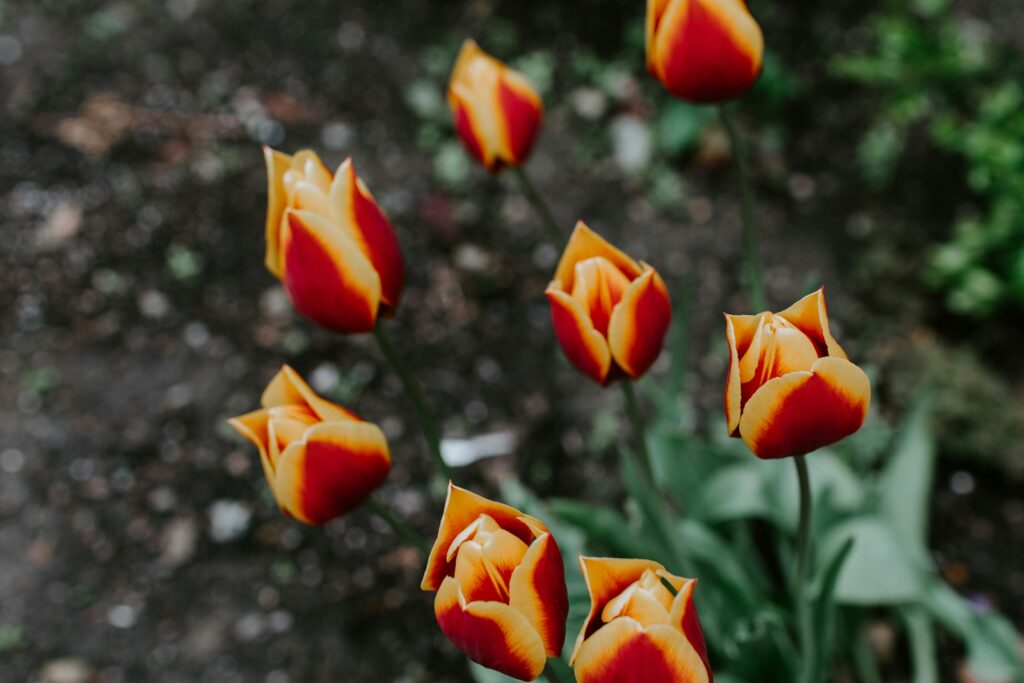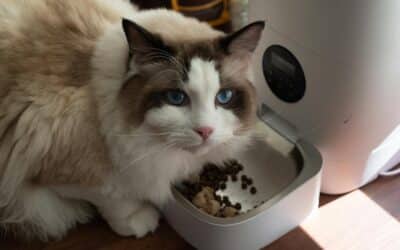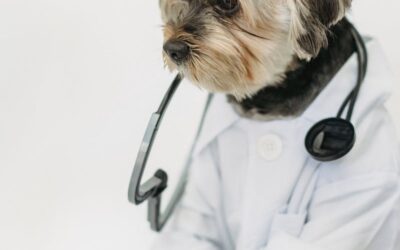Cats are naturally curious creatures, often investigating new items in and around your home. While this curiosity can be adorable, it can also lead to trouble—especially when it comes to plants. If you’re a proud cat parent who loves adding a splash of nature with fresh flowers or garden plants, you might wonder, “Are tulips toxic to cats?” The short answer is yes, and here’s why you need to be cautious.
This guide will walk you through everything you need to know about tulip toxicity, signs of tulip poisoning in cats, and steps to ensure your feline friend’s safety. Let’s explore how tulips can affect your cat and what to do if they come into contact with this popular flower.
Why It’s Important to Ensure Your Cat’s Diet is Safe
Feeding your cat a safe and nutritionally balanced diet is one of the most critical aspects of responsible pet care. Here are the key reasons why it’s essential to prioritize your feline’s dietary safety:
Preventing Toxicity
Many common human foods, such as onions, garlic, chocolate, and caffeine, can be toxic to cats. Even a small amount of these substances can lead to severe health issues, such as vomiting, lethargy, or in extreme cases, organ failure. Ensuring that your cat only consumes safe food helps prevent accidental poisoning.
Maintaining Proper Nutrition
Cats have specific dietary needs, including high-quality protein, taurine, and certain vitamins and minerals. Feeding them inappropriate or unsafe food can lead to nutritional deficiencies or imbalances, resulting in poor coat quality, weight loss, or other health complications.
Supporting Digestive Health
Cats have sensitive digestive systems, and consuming inappropriate foods can cause issues such as diarrhea, vomiting, or intestinal blockages. By sticking to a veterinarian-approved diet, you protect your pet’s gastrointestinal health.
Avoiding Allergic Reactions
Cats are susceptible to food allergies or intolerances, which can present as skin irritations, gastrointestinal upset, or even breathing difficulties. Monitoring what your cat eats ensures you can quickly identify and eliminate potentially harmful allergens from their diet.
Promoting Long-Term Health
A proper diet fortified with safe, high-quality ingredients contributes to your cat’s long-term health. It can help prevent chronic conditions such as obesity, diabetes, and kidney disease, allowing your furry friend to enjoy a longer, healthier life.
By carefully monitoring what your cat eats, you can ensure they remain happy, healthy, and free from unnecessary risks. Always consult your veterinarian about your pet’s specific dietary needs to keep them thriving.
Why Are Tulips Toxic to Cats?
Tulips, while beautiful, are part of the Liliaceae family (commonly known as the lily family). This family of plants contains compounds that are potentially harmful to pets, including cats and dogs. Tulips, in particular, are toxic because of a chemical compound called allergenic lactones.
Note: When a cat ingests tulip remnants in any form, they are poisonous to cats, and tulip bulb ingestion can cause severe toxicity in most cats.
These toxic compounds are present throughout the tulip plant, particularly the bulbs are high in allergenic concentration, making them especially dangerous. If your cat is eating tulip bulbs, it’s likely to experience more severe symptoms compared to nibbling on the leaves or petals.
Tulips = Poisonous. They make almost every cat sick.
What Happens If a Cat Eats Tulips?
If your cat ingests any part of a tulip plant, it may experience symptoms ranging from mild to severe, depending on the amount eaten and the toxicity level. Here are the common and more severe symptoms you should watch for:
Common Symptoms:
- Vomiting
- Diarrhea
- Drooling or excessive salivation
- Lethargy
Severe Symptoms (in rare cases from larger quantities of ingestion):
- Difficulty breathing
- Increased heart rate
- Tremors
- Loss of appetite
- Seizures
Tulip leaf poisoning can progress quickly, and if left untreated, severe cases can lead to long-term health issues or even be life-threatening.
What To Do If Your Cat Ingests Tulips
If you suspect your cat has ingested any amount of a tulip plant, especially the bulbs, taking prompt action is crucial. Here’s what you should do to ensure your cat’s safety:
1. Identify the Symptoms of Tulip Ingestion
Take note of your cat’s behavior and health after exposure to the plant. Look for any common symptoms like vomiting, drooling, or lethargy.
2. Remove Remaining Plant Parts | Tulip Leaf Included!
If your curious cat is still near the tulip, remove any remaining tulip leaves, petals, and even the bulbs to prevent further ingestion. Large amounts of tulip ingestion can cause more severe cases.
3. Contact a Veterinarian Immediately | Even If Ingested In Small Amounts
Call your vet or a pet poison hotline as soon as you notice signs of tulip ingestion. You may be asked to describe your cat’s symptoms or provide details about the plant. An answer helpful for how to help your cat can vary depending on your specific pet, so contacting the vet is essential for proper care.
4. Seek Veterinary Attention | This Answer Is The Only Answer Helpful
Even if your cat shows only mild symptoms, veterinary attention is essential. Treatments for tulip poisoning may include inducing vomiting, administering activated charcoal to absorb toxins, or providing IV fluids to prevent dehydration. A professional can assess the best course of action based on the severity of symptoms.
Why Are Tulip Bulbs Especially Dangerous for Cats?
Tulips, while beautiful, pose a significant danger to cats due to their toxic compounds. Understanding the risks associated with tulip exposure is crucial to keeping your feline companion safe. Here are the key reasons tulips are harmful to cats:
- Presence of Tulipalin A and B | Tulips contain toxic compounds called Tulipalin A and B, which are concentrated in the bulb but can also be present in the leaves and stems. These substances are harmful when ingested and can cause severe reactions in cats.
- Gastrointestinal Upset | If a cat chews on or eats any part of a tulip, it may experience symptoms such as vomiting, diarrhea, and excessive drooling. These are common signs of gastrointestinal distress caused by the plant’s toxicity.
- Potential for Lethargy and Dehydration | The resulting gastrointestinal upset can lead to dehydration and lethargy, leaving your cat weak and vulnerable. This makes prompt action and veterinary care essential if exposure occurs.
- Risk of Severe Poisoning from Tulip Bulbs | The bulb of the tulip is the most toxic part of the plant. If a cat digs up and consumes a tulip bulb, it can result in more severe poisoning, potentially causing intensified symptoms or damage to internal organs.
To protect your cat, always keep tulips and other toxic plants out of reach. If you suspect that your cat has ingested part of a tulip, consult a veterinarian immediately to ensure the best care and treatment for your beloved pet.
How to Prevent Cat Tulip Poisoning
Keeping your cat safe from tulip poisoning requires proactive measures. Here are some tips to minimize risks while still enjoying plants around your home or garden:
1. Avoid Keeping Tulips Indoors
Instead of bringing tulips into your home, consider decorating with non-toxic alternatives that are perfectly fine for pets, such as spider plants or Boston ferns.
2. Create a Cat-Safe Garden
If you have an outdoor space, avoid planting tulips in areas your cat can access. Opt for pet-safe plants your cat can explore safely.
3. Educate Friends and Family
Ensure anyone caring for your cat, including friends, family, or pet sitters, knows about the toxicity of tulips and the importance of keeping your cat away from these flowers.
4. Use Barriers or Raised Planters
If you already have tulips in your yard, consider using barriers or raised planters to prevent your curious cat from accessing the bulbs.
5. Be Prepared with Emergency Contacts
Keep your veterinarian’s contact information and a pet poison hotline readily available in case of emergencies.
Pet-Safe Alternatives to Tulips That Aren’t Poisonous To Cats
Want to spruce up your home or garden without the risk? Here are a few safe plants for cats that can brighten your space without putting your feline friend at risk:
- Orchids
- Areca palms
- Calathea plants
- Herbs like basil, rosemary, or thyme
- Marigolds
These plants are not only safe for cats but can also add beauty to your home or outdoor area.
Other Common Household Items and Plants Toxic to Cats
- Lilies: Lilies are highly toxic to cats, even in small amounts. When consumed, any part of the lily plant can cause kidney failure, which can be fatal if not treated promptly. Symptoms include vomiting, lethargy, and a lack of appetite. It is crucial to avoid keeping lilies in homes with cats.
- Chocolate: Chocolate, particularly dark chocolate and baking chocolate, contains theobromine and caffeine, which are harmful to cats. Even small amounts can lead to symptoms like vomiting, diarrhea, rapid breathing, or seizures. Always store chocolate securely out of your cat’s reach.
- Onions and Garlic: All members of the allium family, including onions, garlic, chives, and leeks, are toxic to cats. They can cause anemia by damaging red blood cells, leading to weakness and lethargy. Prolonged exposure or larger quantities can be particularly dangerous.
- Household Cleaning Products: Many common cleaning products contain chemicals that are harmful to cats if ingested or even inhaled in high concentrations. Symptoms of poisoning can include drooling, vomiting, difficulty breathing, or burns in the mouth or throat. Always store cleaning products securely and avoid using them in areas cats frequent until they are completely dry and aired out.
- Alcohol: Alcohol is extremely harmful to cats, even in small doses. It can lead to vomiting, lack of coordination, central nervous system depression, or even death in severe cases. Be cautious with alcoholic beverages, cleaners, or food containing alcohol in homes with cats.
By being mindful of these and other toxic substances, you can create a safe and healthy environment for your feline companion. If your cat shows any signs of poisoning, contact a veterinarian immediately to ensure prompt treatment.
Helpful Links and Resources
Here are seven valuable resources that provide more information on tulips, other toxic substances for cats, and how to keep your feline friends safe:
- ASPCA – Toxic and Non-Toxic Plants List | A comprehensive list from the ASPCA highlighting plants that are toxic and non-toxic for pets, including tulips.
- Pet Poison Helpline | This resource provides emergency assistance and details on a wide range of substances harmful to pets.
- Cats and Plant Toxicity Guide – Cornell University | Cornell University’s detailed guide on plants and other toxic dangers to cats.
- Preventing Cat Poisoning – Humane Society | Tips and advice from the Humane Society to help pet owners prevent poisoning accidents.
- Tulip Safety for Pets – ASPCA | A specific article on the toxicity of tulips and how to manage pet safety in gardens.
- VCA Animal Hospitals – Poisonous Household Items | A list of everyday household items, including flowers and cleaning products, that could be harmful to cats.
- RSPCA – Protecting Cats from Hazards in the Home | Practical advice from RSPCA for keeping your home safe and preventing hazards for cats.
These links are excellent starting points to educate yourself further and ensure a safe environment for your beloved pet. Always consult a veterinarian if in doubt.

What to Do if You Suspect Tulip Toxicity
Tulips and cats don’t mix well. If you suspect your cat has eaten any part of a tulip, pay close attention to its behavior and seek immediate help if necessary. Tulip ingestion isn’t always fatal, but prompt veterinary care is crucial for preventing more severe symptoms or long-term health issues.
Your cat’s health and safety should always come first. By removing toxic plants like tulips and opting for pet-safe alternatives, you can create an environment that’s both beautiful and safe for your furry friend.
